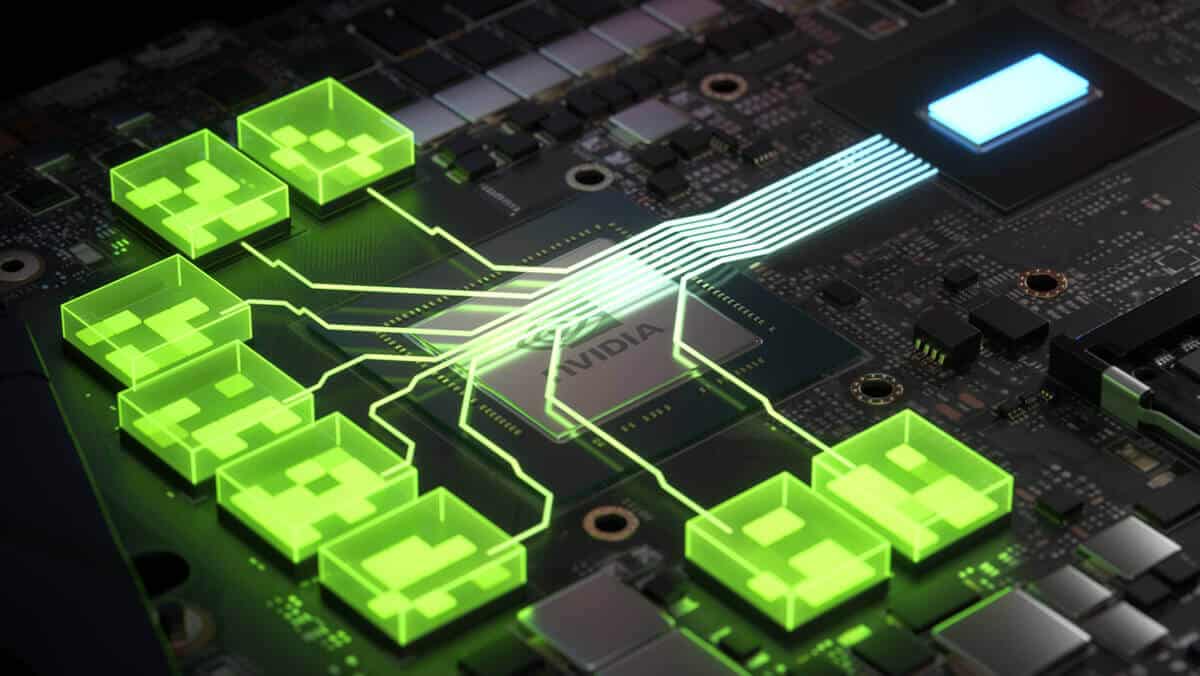NVIDIA is planning to launch its next-gen RTX 40 series graphics cards in the second half of the year. Based on the Ada Lovelace microarchitecture and TSMC’s N5 (5nm) process node, these GPUs will roughly double the raster and ray-tracing performance over existing RTX 30 “Ampere” parts. According to well-reputed tipster Greymon55, NVIDIA will launch its next generation of GeForce cards starting with the RTX 4080 and 4090 in September.
The RTX 4080 should feature 16GB of GDDR6X memory running at around 21Gbps, while the RTX 4090 should pack somewhere between 20-30GB of GDDR6X memory. In terms of specifications, we’re looking at an FP32 core count of up to 18,432. The AD102 flagship is rumored to feature 144 SMs distributed across 12 GPCs. That results in a raw compute gain of over 2.5x (90 TFLOPs) over the GA102, granted the core is running close to 2GHz.
The bus width of the RTX 4080 and 4090 should be the same as their predecessors (384-bit and 320-bit), paired with faster GDDR6X chips, resulting in even higher memory bandwidth. According to Greymon55, the Lovelace-based RTX 4070, RTX 4080, RTX 4090, along with their brethren will essentially be a miniaturization of their RTX 30 series predecessors on TSMC’s N5 (5nm) node. NVIDIA plans to increase the die size to nearly 900mm^2, and stuff over 18,000 FP32 ALUs or CUDA cores on the top-end AD102 die. Of course, ray-tracing performance will get special attention as more and more titles adopt the technology. You can expect either a doubling of RT cores or some sparse matrix-grade optimization to significantly enhance the RT capabilities.
Other than that, as already mentioned, the SM will almost certainly get a shakedown either in terms of ALU count and/or partitioning. Other than that, there’s not much else that should change. The Tensor cores should more or less stay unchanged, perhaps even getting a trim. This sheer focus on compute density and ray-tracing performance are what will likely push the power consumption of the RTX 4080/4090 over 500W despite leveraging TSMC’s cutting-edge 5nm node.






